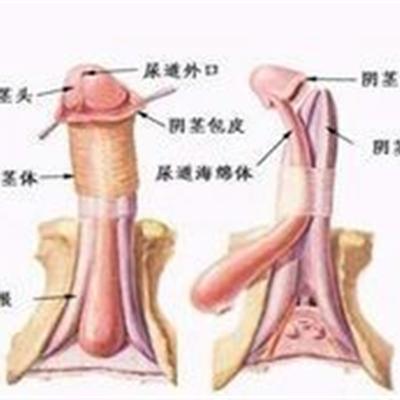Hydatidiform mole disease symptoms?
summary
Many female friends have heard of hydatidiform mole. But many people don't know much about hydatidiform mole. Hydatidiform mole is a tumor derived from embryonic trophoblast. Hydatidiform mole is divided into benign hydatidiform mole and malignant hydatidiform mole. Malignant hydatidiform mole becomes choriocarcinoma. Therefore, it is very important to distinguish benign hydatidiform mole from malignant hydatidiform mole. In fact, benign hydatidiform mole and malignant hydatidiform mole are different in clinical manifestations and examination data. The metastasis of hydatidiform mole is the best method to distinguish benign hydatidiform mole from malignant hydatidiform mole. What are the symptoms of hydatidiform mole? Let's talk about it.
Hydatidiform mole disease symptoms?
The clinical symptoms of benign hydatidiform mole and malignant hydatidiform mole are different. Benign hydatidiform mole in the dilated uterine cavity, patients with early pregnancy will appear vaginal bleeding clinical symptoms. The initial amount is small, and there may be repeated massive bleeding in the middle. Patients also have symptoms of nausea and vomiting. In addition, patients will appear edema, hypertension, proteinuria and other manifestations of pregnancy poisoning. Malignant hydatidiform mole will appear amenorrhea, vaginal bleeding, uterine enlargement, abdominal pain, pregnancy poisoning symptoms, no fetal access, ovarian luteinized cyst and other symptoms. Relatively speaking, the clinical symptoms of malignant hydatidiform mole are more serious.

The examination data of benign hydatidiform mole and malignant hydatidiform mole are also different. Hydatidiform mole can be identified by hCG determination, B-ultrasound, CT, MRI, X-ray and flow cytometry. Benign hydatidiform mole generally does not invade the myometrium, nor does it metastasize. Malignant hydatidiform mole has invaded the deep myometrium or metastasized in other parts. After the villi of malignant hydatidiform mole fall off, they will transfer to other parts of the body with blood circulation, destroy tissue and form hematoma of different sizes. This is the best way to differentiate benign hydatidiform mole from malignant hydatidiform mole.

Both benign and malignant hydatidiform mole need curettage. If malignant hydatidiform mole is more serious, the uterus needs to be removed. Benign hydatidiform mole is generally able to retain the uterus. Whether it is benign hydatidiform mole or malignant hydatidiform mole, the harm to women are great. Patients should be treated in time.

matters needing attention
We will have a general understanding of benign hydatidiform mole and malignant hydatidiform mole. Hydatidiform mole is very harmful to female friends. Therefore, patients with hydatidiform mole must go to the hospital in time for diagnosis and treatment.









